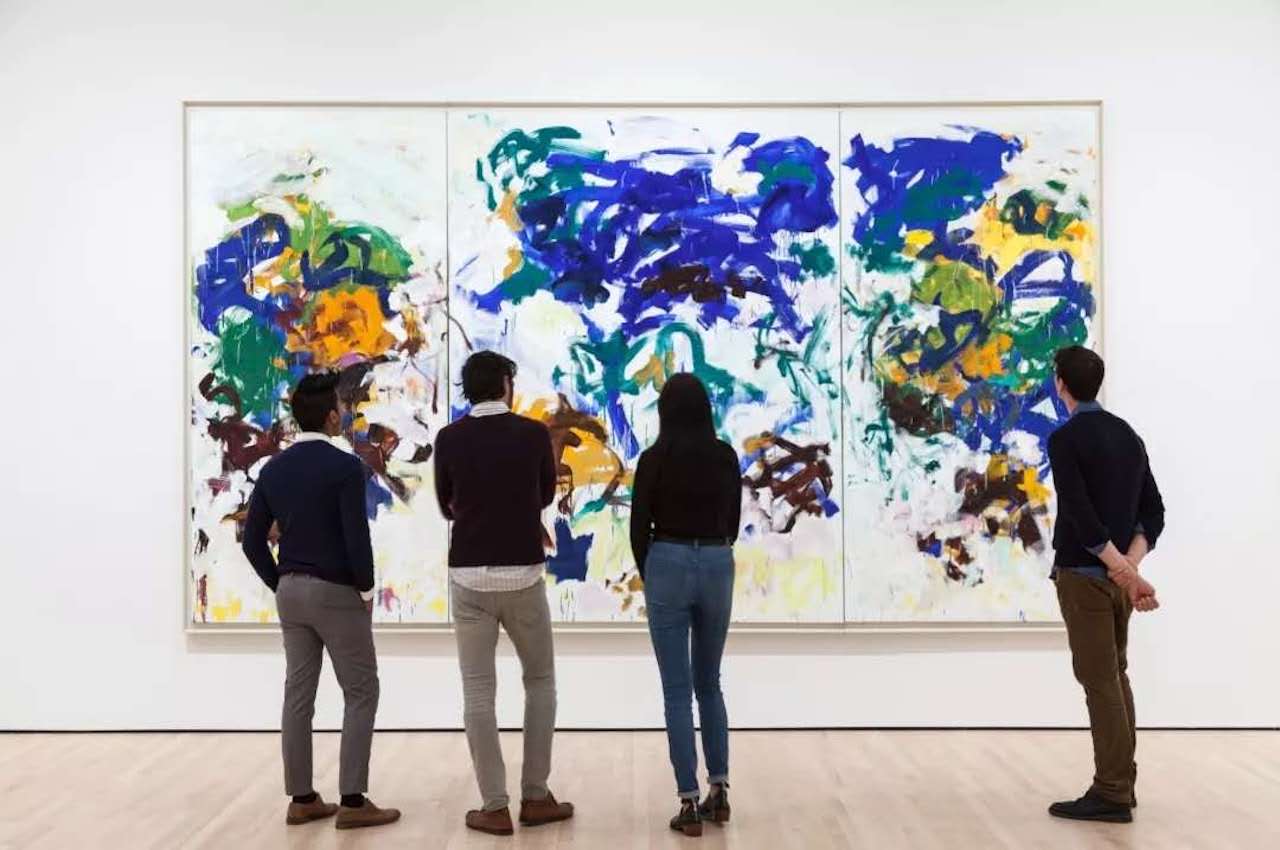The experience of visiting overseas museums is often frustrating for Chinese travelers — they’re either lost in a sea of foreign signage or are forced to rent expensive and complicated iPod audio guides. The San Francisco Museum of Modern Art (SFMOMA) wants to solve this problem by offering Chinese tourists free Chinese audio guides on their favorite platform: WeChat.
Launched earlier this week, the museum’s WeChat mini-program contains a bevy of audio stories that help transform a passive art viewing experience into a more engaging one. While browsing the museum’s exhibits, Chinese visitors are greeted — in Mandarin — by a host’s soothing voice, but they also hear from a range of different characters, from an art historian discussing the aesthetics of Marcel Duchamp’s “Fountain” to a curator commenting on the controversial color choices in Henri Matisse’s painting “Woman with a Hat.” It also features a clean layout of the museum’s exhibitions and a page highlighting their must-see exhibitions. A few days later, on January 19th, the museum also posted a hands-on tutorial on WeChat about how and where to access the mini-program.

Photo: SF MOMA WeChat Mini-Program
The timing of this launch is strategic, said Lesley Makishima, the manager of tourism and sales at the museum. San Francisco is currently the #2 international market for inbound visitor volume from China (closely following the #1 market, Mexico). Yet, despite the enormous amount of Chinese visitors San Francisco welcomes daily, only 1 percent of SFMOMA’s visitors thus far have been of Chinese descent. And according to a survey of 3,000 recent long-haul travelers from China that was co-published by China Luxury Advisor and Resonance Consultancy, 62 percent of those questioned said that visiting museums was one of their top activities during travel, while 32 percent of those travelers have yet to visit an international museum but have it on their “wish lists.” Based on these numbers, there’s clearly huge growth potential for SFMOMA among that tourist base.
SFMOMA started working with the global consultancy China Luxury Advisors nearly a year ago in order to reach this sizable market, and they’ve moved quickly on their advice – the research, planning, and development for this mini-program only began last August. Makishima said that her team considered “gamifying” their mini-program – a marketing ploy where companies create video games to lure young Chinese consumers to their platforms – since it has grown in popularity and has even shown results with some China-based museums, but they ultimately decided to focus on simply providing a free tool for Chinese tourists so they could more thoroughly enjoy the museum.
This isn’t SFMOMA’s first foray in using audio as a tool to make the art viewing experience more pleasurable, though. In 2017, it launched an app that the tech magazine Wired proclaimed “will forever change how you enjoy museums.” The app tracks where visitors are inside the museum and offers them a group of non-traditional (and often humorous) art tours to follow, including a “This is not an artwork” tour and the “Neighborhood for Art” tour.
When asked about what’s next for the new mini program, Makishima said the museum is taking a cautious approach. “We will continue to monitor engagement to see if the program is a helpful tool onsite,” she said. “If we find that it’s helpful to our visitors and followers, we’d like to expand the number of tour options beyond a Highlights Tour.”
Although Chinese travelers do seem excited about international museums like SFMOMA, they also expect the kind of digital experiences they get at home. That’s why smart museums are starting to look beyond just creating generic WeChat presences or taking Alipay at their gift shops. China’s tourists change their minds about as fast as their technology moves, and international destinations need to keep up or risk missing out on this growing market.



